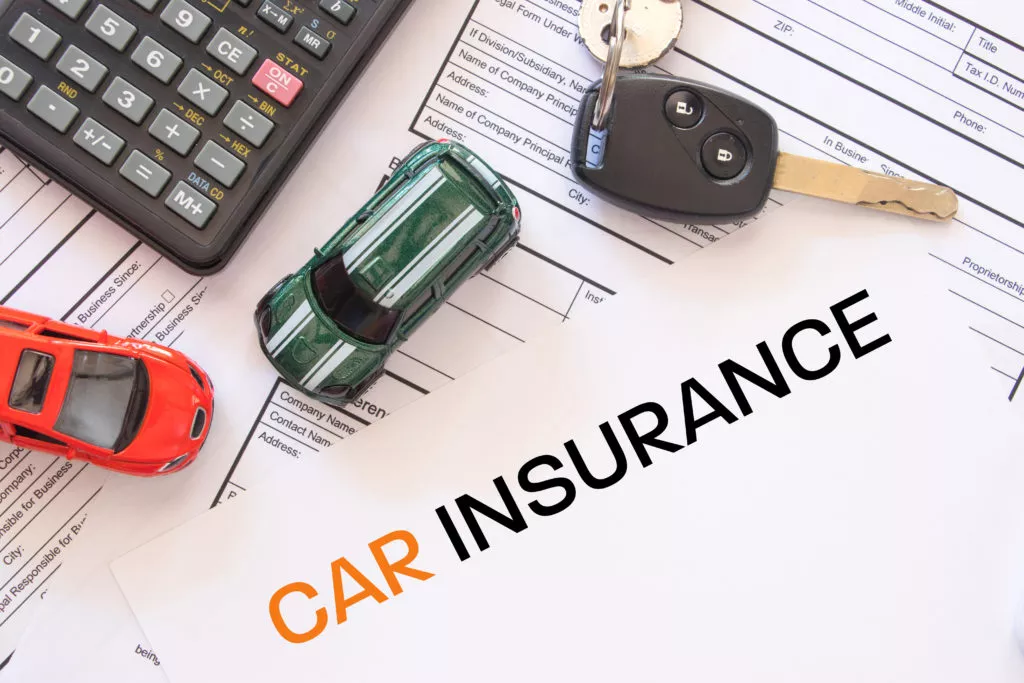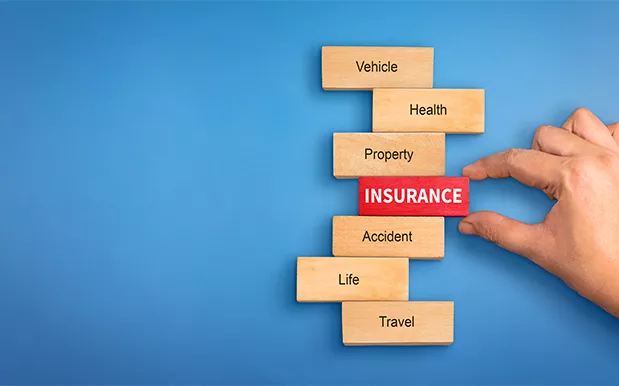Car insurance is an essential part of responsible vehicle ownership. When discussing car insurance options, the term “full coverage car insurance” often comes up. But what does it really mean? Unlike a specific policy product, full coverage is a term used informally to describe a combination of coverages that provide broad protection for drivers. Understanding this concept is crucial for anyone who wants to safeguard themselves financially while on the road.
In the ever-evolving insurance market, the choices can be overwhelming. Full coverage typically means that you have liability insurance, collision coverage, and comprehensive coverage all included in your policy. Together, these coverages help protect not only other drivers and their property but also your own vehicle and expenses in a variety of situations.
Many drivers mistakenly believe that full coverage means unlimited protection or that it covers every possible scenario, but this is not the case. Every policy comes with limits and exclusions that you should understand. It is equally important to know how your driving habits, vehicle type, and personal needs influence your choice of coverage and your insurance price.
This guide will walk you through the details of full coverage car insurance. We will break down what coverages are included, why full coverage might be right for you, the costs involved, common misconceptions, and tips on choosing the right policy. By the end, you’ll have a clear picture of how full coverage car insurance works and how to make the best decision for your situation.
What Does Full Coverage Car Insurance Include?
Full coverage is not a single insurance policy but rather a combination of several key types of coverage:
1. Liability Insurance
Liability insurance is mandatory in most states. It covers bodily injury and property damage that you cause to other people in an accident. This protects you from paying out-of-pocket for medical bills or vehicle repairs of others when you are at fault.
There are two main components:
Bodily Injury Liability: Pays for injuries to others.
Property Damage Liability: Pays for damage to other people’s property.
Liability insurance does not cover your own injuries or damage to your vehicle.
2. Collision Coverage
Collision coverage protects your car in case of an accident with another vehicle or object, regardless of fault. It helps pay for repair or replacement of your vehicle after a collision.
This coverage is especially important if you have a newer or financed vehicle because the cost to repair or replace can be high.
3. Comprehensive Coverage
Comprehensive insurance covers damage caused by non-collision events such as theft, vandalism, natural disasters, falling objects, fire, and hitting animals.
It is sometimes called “other than collision” coverage and is designed to protect your vehicle from a broad range of risks beyond just accidents.
Additional Coverages Often Included in Full Coverage
Beyond these three core coverages, some full coverage policies may also include:
Uninsured/Underinsured Motorist Coverage: Protects you if the other driver is at fault but has insufficient or no insurance.
Medical Payments or Personal Injury Protection (PIP): Covers your medical expenses regardless of fault.
Roadside Assistance: Provides help if your car breaks down.
Rental Car Reimbursement: Pays for a rental vehicle while your car is being repaired.
Why Is Full Coverage Car Insurance Important?
Full coverage car insurance offers financial protection and peace of mind. If your vehicle is financed or leased, lenders often require full coverage to protect their investment.
If you drive an older car, you might consider dropping collision and comprehensive to save money, but this increases your financial risk if an accident or other damage occurs.
Here are some reasons full coverage matters:
Protects your assets: Repairs and medical bills can be very expensive.
Meets legal requirements: Liability insurance is required by law.
Protects against uninsured drivers: Uninsured motorist coverage can help if you’re hit by someone without insurance.
Peace of mind: Knowing you are covered in many scenarios reduces stress while driving.
How Is the Cost of Full Coverage Calculated?
The insurance price for full coverage varies widely based on multiple factors:
Vehicle type and age: Expensive or new cars cost more to insure.
Driving history: A clean record lowers rates; accidents increase them.
Location: Areas with higher accident rates or theft tend to have higher premiums.
Coverage limits and deductibles: Higher limits and lower deductibles increase premiums.
Credit score and demographics: Some insurers use these as rating factors.
Shopping around and comparing quotes from different insurers can help you find the best rate for full coverage tailored to your needs.
Common Misunderstandings About Full Coverage
It’s important to clarify some common misconceptions:
Full coverage is not unlimited coverage: Every policy has limits and exclusions.
It’s not a specific policy: It’s a combination of coverages.
Not always required: Some drivers opt for liability only to reduce cost.
More coverage doesn’t mean fewer claims: Having full coverage won’t prevent accidents, but it reduces financial impact.
Tips for Choosing the Right Full Coverage Policy
When selecting full coverage, consider:
Assess your needs: Value of your car, driving habits, and financial situation.
Check coverage limits: Make sure they align with your risk tolerance.
Compare quotes: Get multiple estimates to find competitive prices.
Ask about discounts: Bundling, safe driver, good student, and other discounts may apply.
Review the policy: Understand what is covered and any exclusions.
Conclusion
Full coverage car insurance is a vital option for drivers who want broad protection against a range of risks on the road. By combining liability, collision, and comprehensive coverages, it provides a solid financial safety net in case of accidents, theft, or other damages.
Choosing the right full coverage policy requires understanding your personal needs, the types of coverage included, and how these affect your overall insurance cost. Navigating the insurance market can be complex, but with careful research and comparison, you can find a policy that balances affordability and protection.
Ultimately, full coverage is about peace of mind—knowing you are protected when the unexpected happens.
Related topics:


































